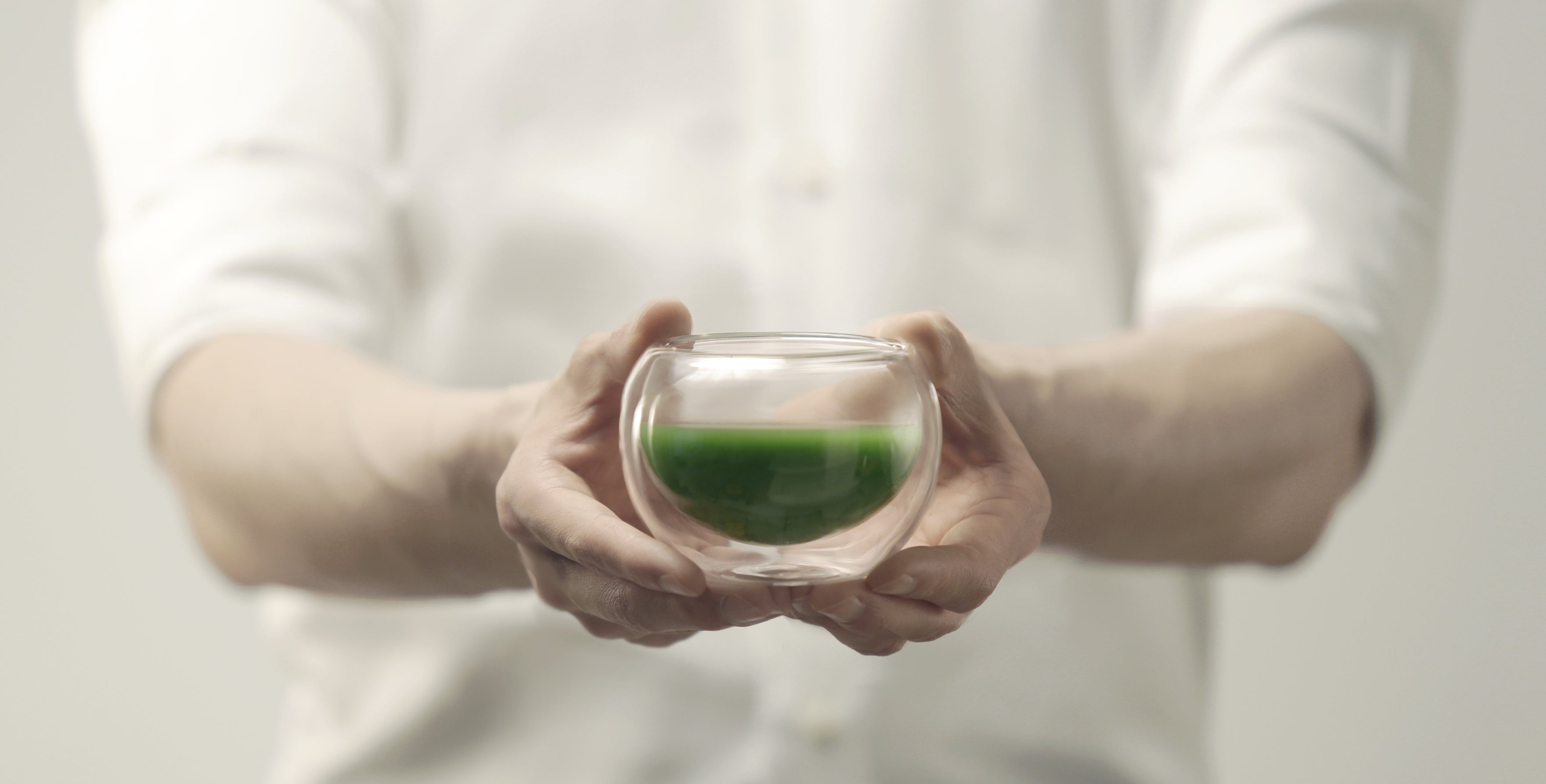
First-class matcha and first-class wine
Drinking the finest grades of matcha offers an epicurean experience unlike that of the finest wine. These two highly prized beverages with long histories share many similarities, not only in terms of the high level of expertise and enormous effort required in the production process, but also in terms of the breadth and depth of their flavor profiles. The parallel nature of these two drinks makes them a compelling example of why the finest grades of matcha should command the same level of respect and appreciation as a truly excellent wine.
History: Revered with a history spanning over a millennium, matcha dates back longer than wine—to the early 600s in Tang Dynasty China . It was developed by the Japanese, who perfected matcha into the centerpiece of the Japanese tea ceremony . It was initially reserved for nobles in the upper echelon of Japanese society, and only a small number of purveyors were allowed to make matcha. It wasn't until the 17th and 18th centuries that matcha was democratized and gradually taken up by the wider population of Japan. Nevertheless, similar to the world of fine wine, knowledge of how to make the best matcha is rarefied and remains within a select number of elite producers even today.
Terroir: Like fine wine, making exceptional matcha has everything to do with the notion of terroir, or the natural characteristics of the environment that influence the tea—the soil, climate, altitude, humidity, and amount of rainfall . Much like the impact of limestone in the soil that nourishes a fine Pinot Noir, terroir significantly influences the flavor profile of matcha. While the most expensive “Old World” wines are typically associated with the southern regions of Europe, the crème-de-la-crème nuances of matcha are associated with the city of Uji, at the southern tip of Kyoto.
Craft: During harvest time, much like grape crushing, the entire field is picked until all the leaves suitable for matcha are picked at the perfect time of year, meticulously sorted, to create a by-product called tencha . Matcha “sommeliers” are responsible for carefully blending the tencha leaves to create blends that are consistent over time. Special matcha blends are often created in limited editions for special events, and are often given tea or chamei names by great tea masters.
Taste Profile: Speaking of flavor profiles, premium matcha, a category that includes our Ceremonial Grade Matcha range , shares many similarities with premium wine in terms of its multitude and sophistication of flavors. Both are powerful, mellow, and complex, with a perfect balance of sweetness and astringency that culminates in a long, smooth finish. Matcha is also extremely rich in antioxidants and polyphenols—far richer than any other type of tea, as well as any other fruit or vegetable, making it one of the most nutrient-dense beverages in the world.
Drinking vs. Cooking: Much like the distinction between drinking and cooking wine, matcha comes in a wide range in terms of quality. The two broad classifications are ceremonial matcha and culinary matcha . Fine matcha, which comes from the topmost leaves, has a delicate flavor and is meant to be drunk on its own like drinking wine, not used as a cooking ingredient. The analogy for using fine matcha as an ingredient in recipes is pouring an expensive bottle of Echezeaux into a pasta sauce—all the delicate flavors will be lost. Culinary matcha, on the other hand, is derived from the tougher parts of the leaves, which have a more bitter and robust taste—ideal for use as an ingredient, much like cooking wine.
Despite the similarities between the two drinks, what sets matcha apart from wine is its abundant health benefits that come with this remarkable tea . Instead of the sleepy effects associated with alcohol, matcha offers a soothing yet stimulating effect—a productivity-boosting beverage for modern consumers who need a gentler flow of clean energy for their bodies.
If wine is considered the "elixir" for those in the West, it is with little doubt that matcha is the muse of the East. As an exceptional beverage with a legendary history, characters, and health benefits, matcha deserves a high status and prestige like that of wine. Perhaps Okakura Kakuzo said it best in The Book of Tea : "The fact that tea, especially matcha, like any muse, has captured the imagination of an entire culture across time and space is reason enough to explore its historical past and its availability in our time from any vantage point."

